
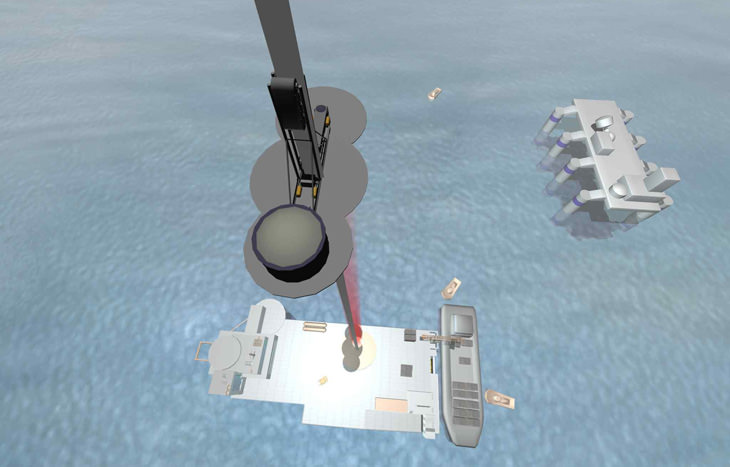
The current method of getting supplies and people into space, such as to supply the International Space Station that orbits high above the Earth, involves the use of Russian Soyuz and Progress spacecraft. These vehicles are great at what they do, but the missions are fraught with risk, as well as being costly and inefficient.
As a result, calls for a space elevator, which would involve a giant tether anchored somewhere on Earth leading right up into space, are gathering strength. This would allow supplies and personnel to ascend directly to the ISS. While existing technology isn’t quite sufficient to provide materials strong enough to bring such a project to fruition, the invention isn’t too far off.
The idea of a space elevator has been around since the 19th Century. However, more recent design proposals always tend to include a base station on Earth, a massive cable, climbers and a counterweight. The counterweight is held down by the cable, which in turn is anchored down by the base station on earth. The climbers climb up and down the cable with cargo and personnel.
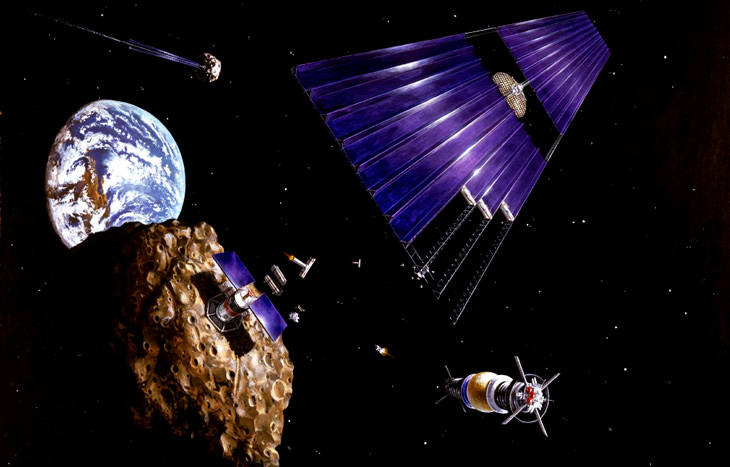
As we use ever more resources in our relentless drive for economic growth here on earth, some innovative individuals and the corporations they own or run are looking at the possibility of mining asteroids out in the solar system for precious minerals and metals.
Various proposals have been put forward to accomplish this, such as using reusable spacecraft to get to and from the asteroids, or using 3D printing for propulsion and guidance systems to be added to an asteroid and guided back to earth remotely.
Currently, the costs of achieving either of the above methods are somewhat prohibitive, however there are companies out there who have explicitly stated that they’ll be looking for viable asteroids to mine within the next five years.
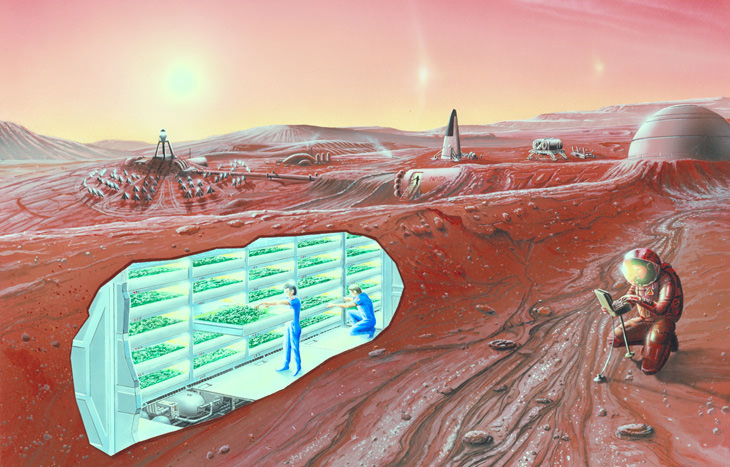
While colonizing the Red Planet has been a long-held dream for humanity, it can now be said that there are various parties around the world who have announced their intentions to establish settlements there. The USA’s NASA has stated publicly that it intends to do so by the 2030s.
The tech billionaire, Elon Musk, also founded SpaceX, one of his companies, with the sole intention of seeing a human settlement on Mars become a reality. He has said on record that the first step toward this long-term goal is a mere 11 to 12 years away.
Last but not least, there’s a Dutch initiative taking place, called Mars One, which aims to establish a permanent colony on Mars by the year 2027. In fact, potential candidates for the mission have already been earmarked, but there has been much criticism of the project from academics, astronauts and space advocates.
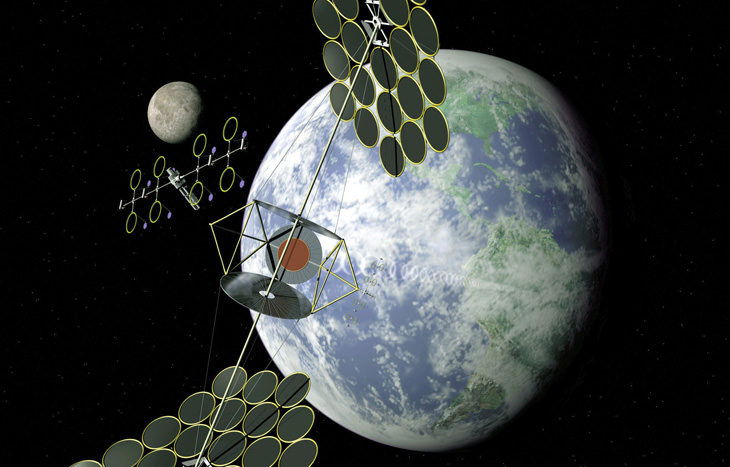
Another problem that we face on planet Earth is our ever-increasing energy needs. That’s why numerous scientists have looked to ponder how solar energy can be harnessed in outer space. Generating energy in space has numerous benefits, such as its ability to be exported to virtually any place in the world, and to be used for the desalination of seawater.
The power would be beamed down to earth via satellites with minimal environmental impact. Furthermore, nations that develop solar power stations in space will eliminate national competition for resources, as well as the need to buy energy resources from hostile foreign powers.
Japan’s Mitsubishi Heavy Industries has already managed to successfully beam 10 kilowatts of power from a transmitting unit to a receiver, meaning that having a solar farm in space, beaming power down to earth, will soon become a viable energy generation option.
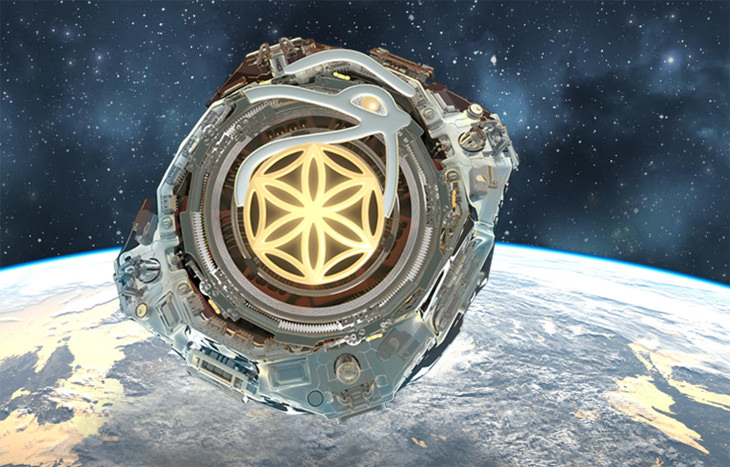
If the name sounds familiar, it’s because it was inspired by one of the realms of the Gods, Asgard, in Norse mythology. If it gets off the ground, Asgardia will become the first-ever country in space, essentially functioning as its own sovereign nation containing citizens that can eventually live, work and follow their own rules and regulations.
Igor Ashurbeyli, the man who is leading the initiative, wants to secure United Nations recognition for Asgardia. It’s envisaged as a nation of scientific exploration, free of geopolitical restrictions.
In addition the joining the UN, Asgardia’s would-be founders want to create the space nation so it can provide a high-tech shield in space from cosmic, man-made and natural threats, such as space debris, coronal mass ejections and asteroid collisions. This project is at least a couple of decades away from coming to fruition, if it ever does, but it’s the first time that a serious attempt has been made at setting up a nation in space.